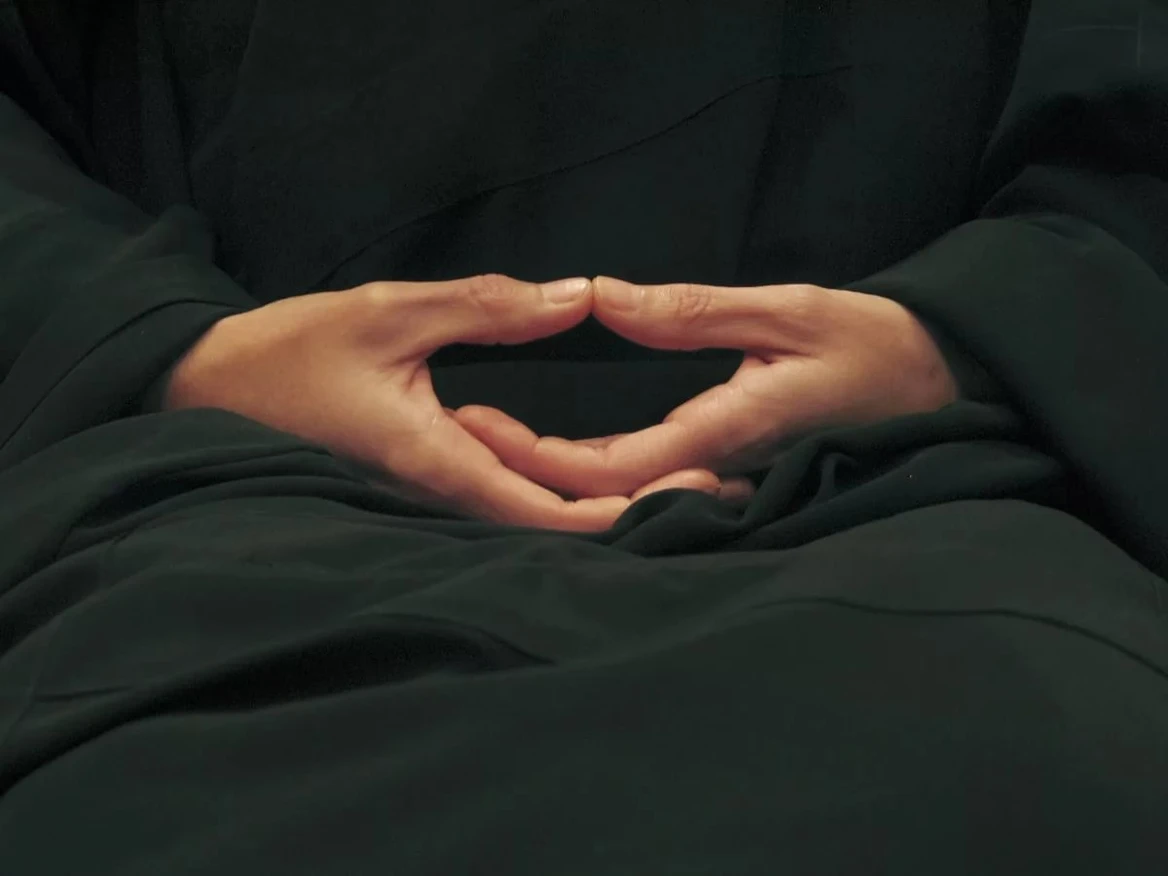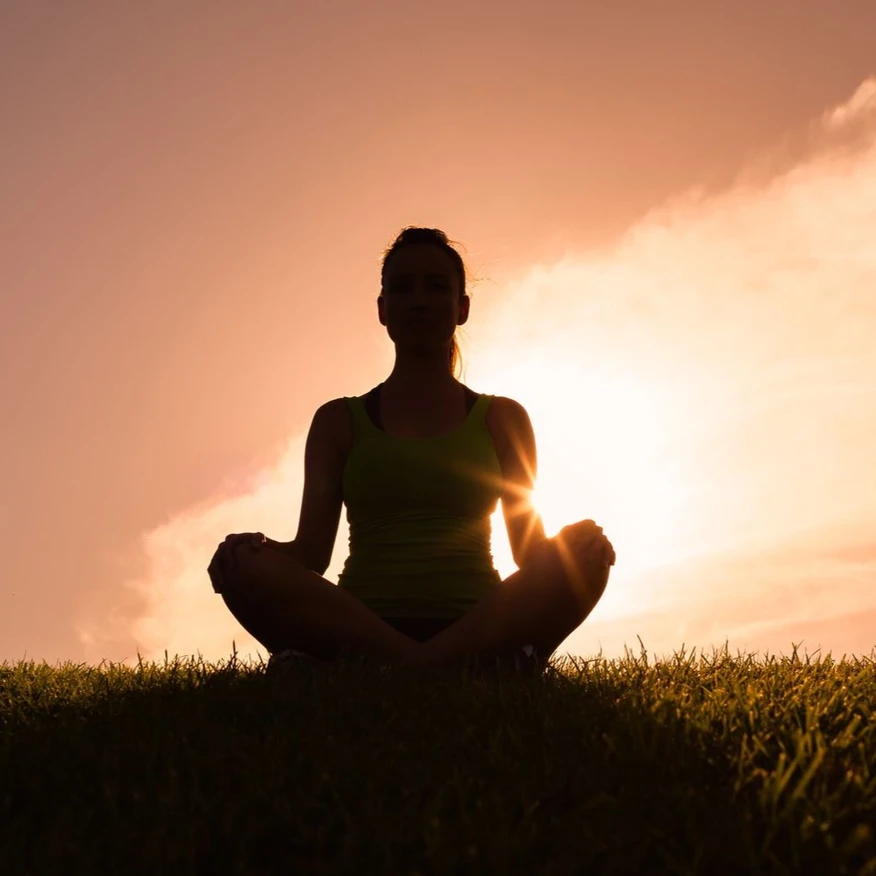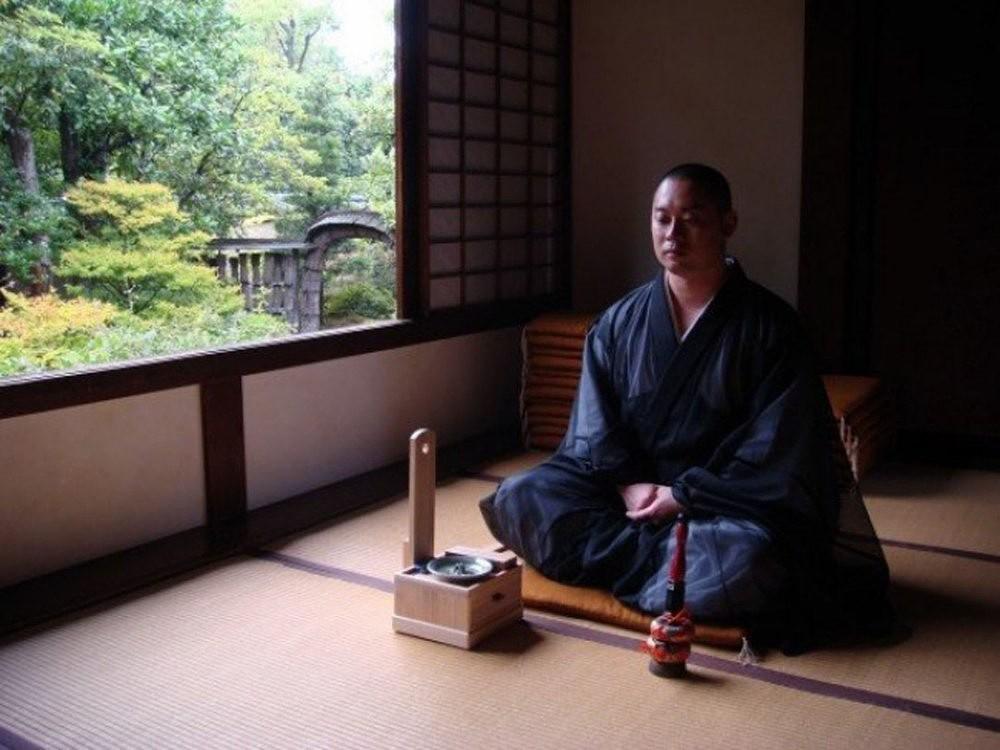Here are easy steps on how to start to meditate for beginners:
- Make sure the place you are mediating is neither too dark nor too bright. Bright rooms can distract you, and dark rooms can make you feel sleepy.
- Sitting in the same spot might help increase your ability to concentrate. Your body will start to associate this area with meditation, and nothing else.
- Choose the time that fits your schedule. Some people feel like meditating in the morning, others prefer evening or late night.
- Ideally, your meditation should be in a space free of pets, distracting loud noises or other people, especially when you are just starting your meditation practice. In the future you may find it easier to meditate with other people or even outside in nature.
Position
Your body should not experience discomfort during meditation. This is not a marathon of how long you can sit, or how long you can bear the pain. The goal is to be comfortable in your body while allowing your attention to be focused completely on the object of concentration.
Wear loose and comfortable clothing, nothing should take your attention from the meditation session.
Not all meditation sessions need to be sitting sessions. Walking meditation, meditation in everyday life, and many others are also options to explore. Though for beginners we recommend to start with sitting meditation.
One of the main points is to keep your BACK STRAIGHT. Even if you are sitting in a chair, do not slouch, strive to maintain a perfectly straight back.
Relax
While sitting check your body. Is there any tension? Try to fully relax.
Allow your eyelids to relax. You may choose to close your eyes, or to keep them partially open without being entirely focused. If visually focusing on an object of concentration, make sure your eyes are entirely relaxed.
You may hold your lips in a slight smile, lips closed. Just how you feel comfortable.
Arrange your hands

In a seated position, you can allow your hands to rest, palms up, on your thighs. You may also choose a more traditional position, hands together.
Holding arms slightly apart from the body, gently bring your hands together as if holding a beach ball. Place your left hand over your right hand, palms up, thumbs together.
If your arms are short, you can rest them on a cushion placed on the thighs. This is particularly helpful if you are seated on a chair.
Set a timer
How long should a meditation session be?
Start with the short meditation. Today we will do 5-10 minutes. You can repeat these short sessions throughout the day.
Later on try to add a minute or two a week, do not strat with 25-30 minute meditation, you might overdue it and won’t be happy and excited about coming sessions.
Meditation shouldn’t be a burden, it is a joy, so do not overdue it in the beginning!
Use a timer rather than a clock so that you won’t have the distraction of checking to see how much time you have left. If you are sleepy, the timer may also keep you from falling asleep for longer than the time you’ve allotted.
Starting

This how you will start every meditation practice.
Sit in a comfortable position and examine your mind. If there is to much distraction, focus on breathing to calm your mind or try reading or listening to a mantra or sacred text.
Then establish good motivation.
Why are you meditating?
What do you want to achieve by doing this meditation practice?
There are different reasons why we are meditating, it can calm your mind, relax, relive stress, achieve better understanding of oneself and others, learn more about mindfulness, serve as an escape from the crazy world around us, or generate love and compassion for other sentient beings and help them to avoid/stop suffering.
Just examine your thoughts and set the right motivation for yourself!
The Focus of Our Concentration is Breath
Why do we choose breath?
1. It’s always available. From the moment you’re born until the moment you die, your breath is going to be your companion.
2. The breath always offers an opportunity to establish a felt connection with what is happening right here and right now.
3. There is a direct relationship between your brain, emotions and breathing patterns. If you find that your breath is shallow, fast, and uneasy, chances are very high that your mind is feeling stressed out (as is the case when you’re feeling scared or frustrated).
4. It helps us to relax and let go. The art of letting go lives in our exhale. By exhaling with the intention of release, it becomes significantly easier to let go of problems and focus instead on what’s right in front of us.
We will be focusing on breath. Turn your attention to your breath as you inhale and exhale.
One complete inhalation and exhalation will be one breath. In your mind, concentrate on the number one. Then take another breath, all the way in and all the way out. This is breath two. Continue until you’ve counted ten breaths. Then start again from one. Holding your attention to this count will deepen your concentration meditation.
When you feel like your attention is going away, do not blame yourself, just simply go back to your breathing.
During your first session, you might be able to concentrate only for couple of seconds, but later on, you will be able to concentrate longer.
In your future practices, when you will be practicing other types of meditation, concentration on your breath will be an essential part of your session (just 2-3 minutes in the beginning, to make your brain and mind more concentrated).
If you start to feel disappointment, frustration, or irritation with yourself for being distracted, this feeling itself is a distraction. Notice the feeling, and return to the object of concentration.




